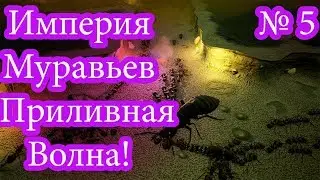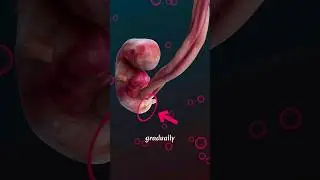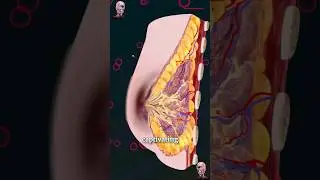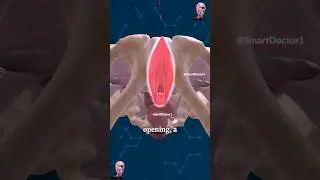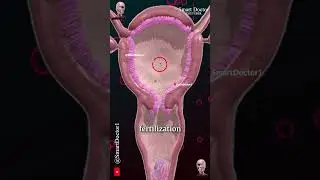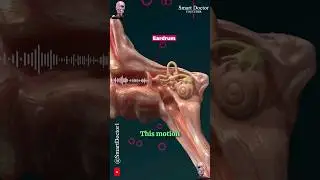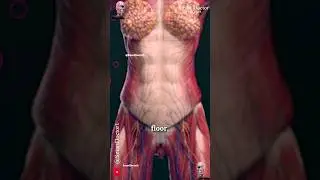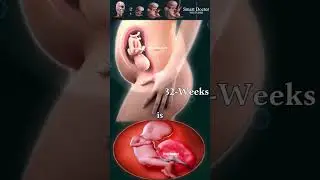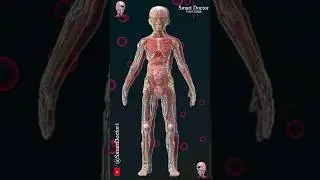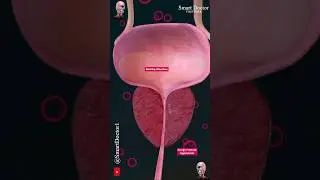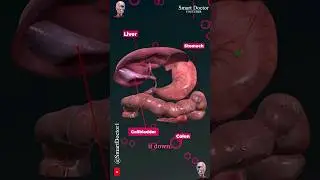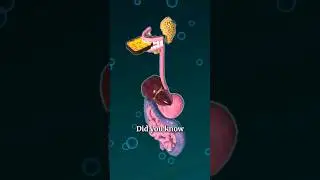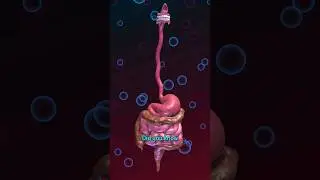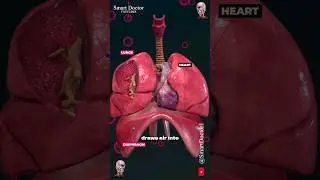Head and neck anatomy ⚡
/ @smartdoctor1
===============
The head and neck are two examples of the perfect anatomical marriage between form and function, mixed with a dash of complexity. The neck is resilient enough to sustain a five kilogram weight 24/7, yet sufficiently mobile to move it in several directions. On the other end, the head is durable enough to protect the fragile brain but intricately designed to facilitate the passage of the complex neurovascular network.
The human head consists of a fleshy outer portion, which surrounds the bony skull. The brain is enclosed within the skull. There are 22 bones in the human head. The head rests on the neck, and the seven cervical vertebrae support it. The human head typically weighs between 2.3 and 5 kilograms (5.1 and 11.0 lb) Over 98% of humans fit into this range. There have been odd incidences where human beings have abnormally small or large heads. The Zika virus was responsible for underdeveloped heads in the early 2000s.
The face is the anterior part of the head, containing the eyes, nose, and mouth. On either side of the mouth, the cheeks provide a fleshy border to the oral cavity. The ears sit to either side of the head.
Blood supply
The head receives blood supply through the internal and external carotid arteries. These supply the area outside of the skull (external carotid artery) and inside of the skull (internal carotid artery). The area inside the skull also receives blood supply from the vertebral arteries, which travel up through the cervical vertebrae.
Nerve supply
The twelve pairs of cranial nerves provide the majority of nervous control to the head. The sensation to the face is provided by the branches of the trigeminal nerve, the fifth cranial nerve. Sensation to other portions of the head is provided by the cervical nerves.
Modern texts are in agreement about which areas of the skin are served by which nerves, but there are minor variations in some of the details. The borders designated by diagrams in the 1918 edition of Gray's Anatomy are similar but not identical to those generally accepted today.
The cutaneous innervation of the head is as follows:
Ophthalmic nerve (green)
Maxillary nerve (pink)
Mandibular nerve (yellow)
Cervical plexus (purple)
===============
Follow us on the @SmartDoctor1 digital platform
===============
▶ Facebook ▶ / smartdoctor100
▶ Instagram ▶ / smart.doctor1
▶ TikTok ▶ / smart.doctor
▶ twitter ▶ / smart_doctor1
=============
Smart Doctor 👨⚕️
@SmartDoctor1/youtube
=============
#anatomy #heart #smoker #lunges #lungs
#uterusproblem #fetal #love #tongue #muscles #muscle
#skull #humanskul #fetalecho #heart #baby brain #shorts #viral #SmartDoctor1 #Smart #smart #Smart_Doctor #smartdoctor #body #pregnancy #medicina #anatomy #doctor #america #माहवारी #月経 #임신 #妊娠 #pregnant #gravidez



